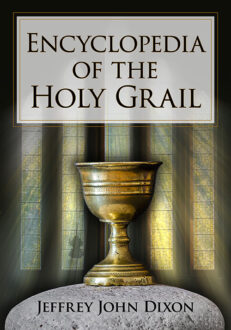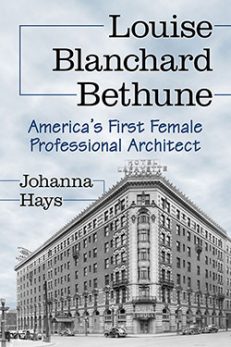Louise Blanchard Bethune
America’s First Female Professional Architect
$35.00
In stock
About the Book
Louise Blanchard Bethune, the subject of this biography, was America’s first female professional architect. She belonged to the influential group of pioneer architects—Daniel Burnham, John Root and Louis Sullivan—who supported her in becoming a fellow of the American Institute of Architects. In the booming industrial city of Buffalo, she preceded Frank Lloyd Wright and Alfred Kahn in factory design and was the key designer of the modern urban public school building, developing standards still used today.
During her career (1881–1905) Bethune was consistently one of the most successful architects practicing in Buffalo and the driving force behind New York State’s professional organizations for architects. Beyond setting standards for public schools, she was the go-to architect for factories, warehouses, police stations, a Nikola Tesla power transfer station, and the largest luxury hotel of the early 1900s. Bethune moved from a small town on the Erie Canal—the economic and technological marvel of the antebellum period—to a rapidly industrializing major American city, following the urban migration of many Americans. Unlike many women of her day she seized the promise of the growing nation to pursue life, liberty, and happiness in an occupation of her choice and succeeded.
About the Author(s)
Bibliographic Details
Johanna Hays
Format: softcover (6 x 9)
Pages: 256
Bibliographic Info: 38 photos, notes, bibliography, index
Copyright Date: 2014
pISBN: 978-0-7864-7676-3
eISBN: 978-1-4766-1354-3
Imprint: McFarland
Table of Contents
Table of Contents
Preface 1
Introduction 9
1. Beyond Expectations 13
2. From Idyllic Waterloo to Bustling Buffalo 37
3. Special Capacities for a Particular Work 53
4. Rational Foundations—Establishing the Practice 68
5. The Chicago World’s Fair Competition, 1891 97
6. Building Professionalism 105
7. Public Buildings for Public Improvement 127
8. Architecture Determined by Function and Technology 155
9. Other Applications and Innovations 174
10. A Life Fulfilled—Ambition Realized 194
Appendix: Documented Buildings by Year 209
Chapter Notes 213
Bibliography 231
Index 243





